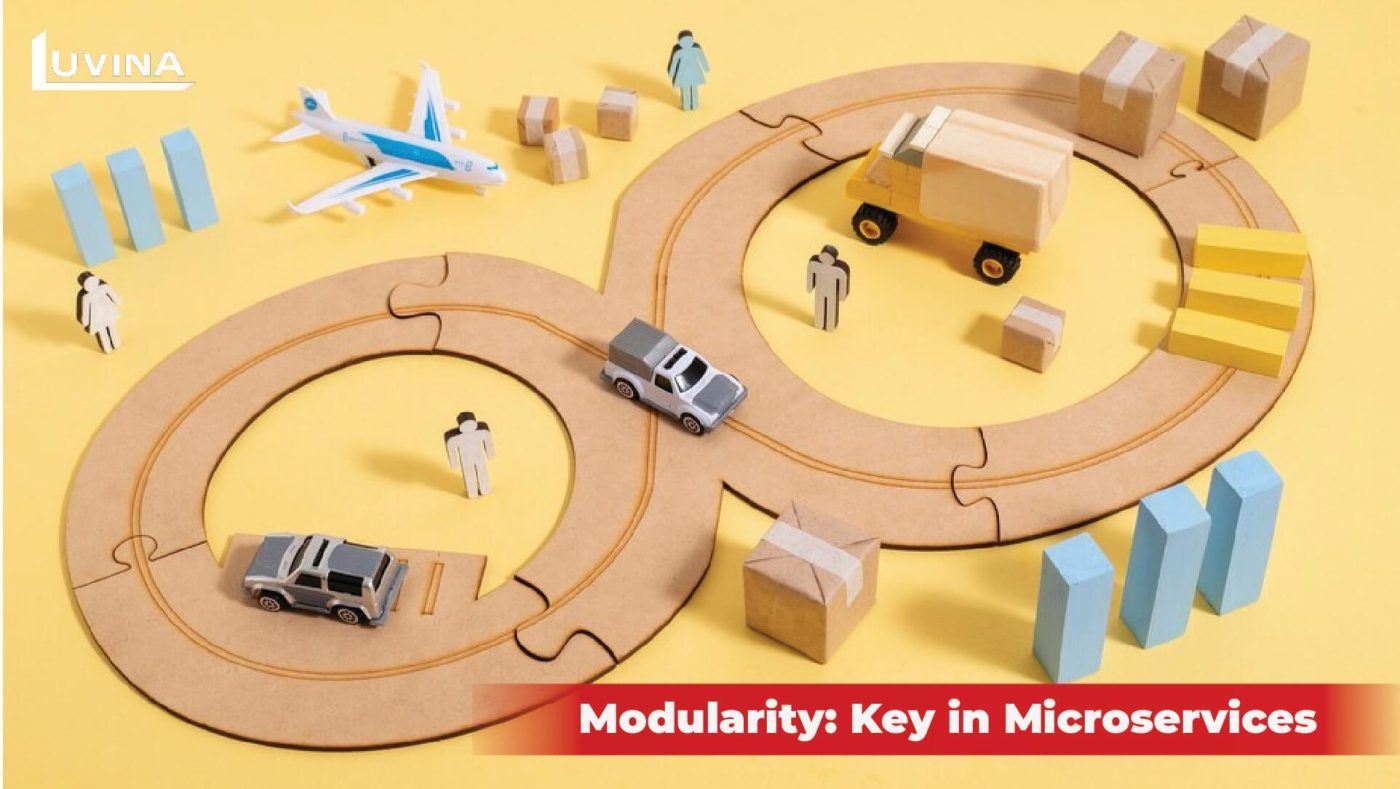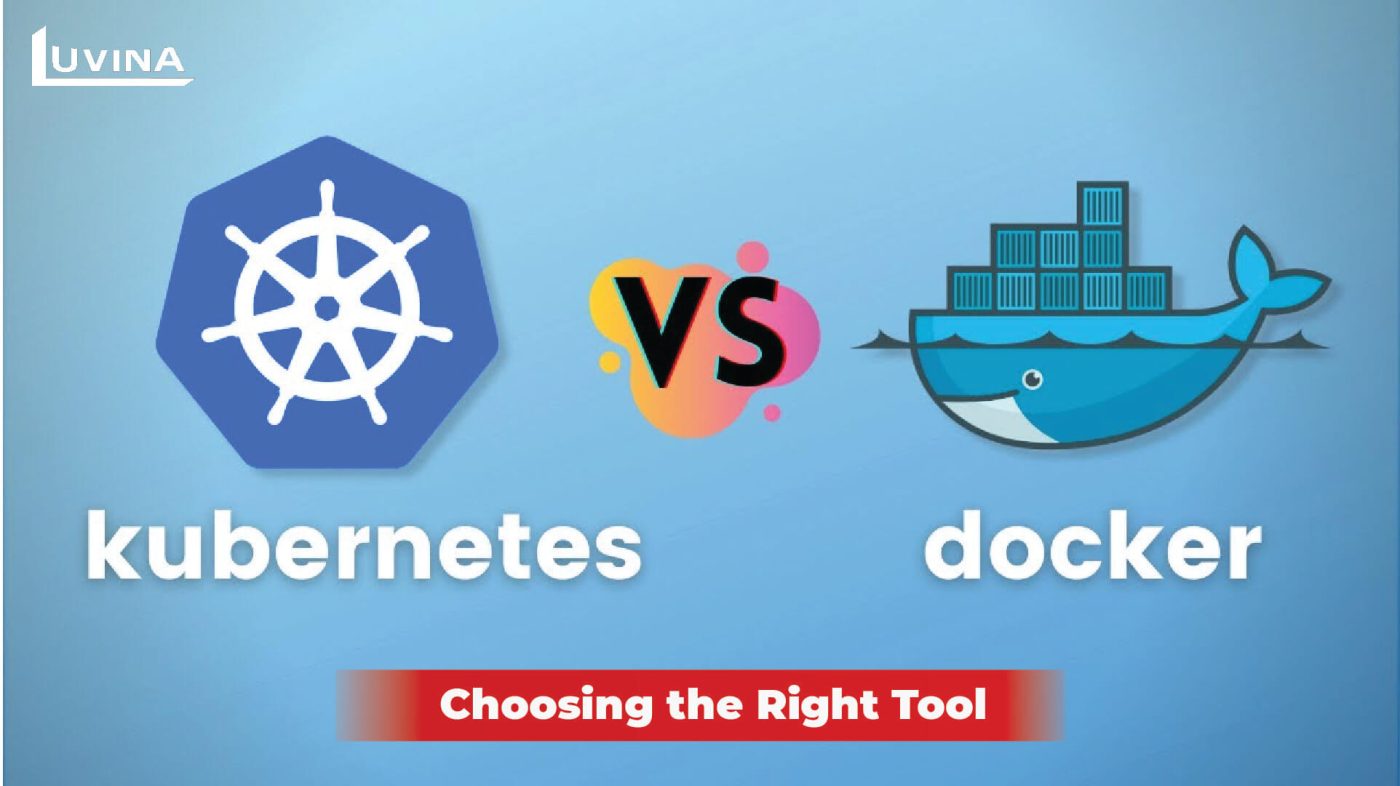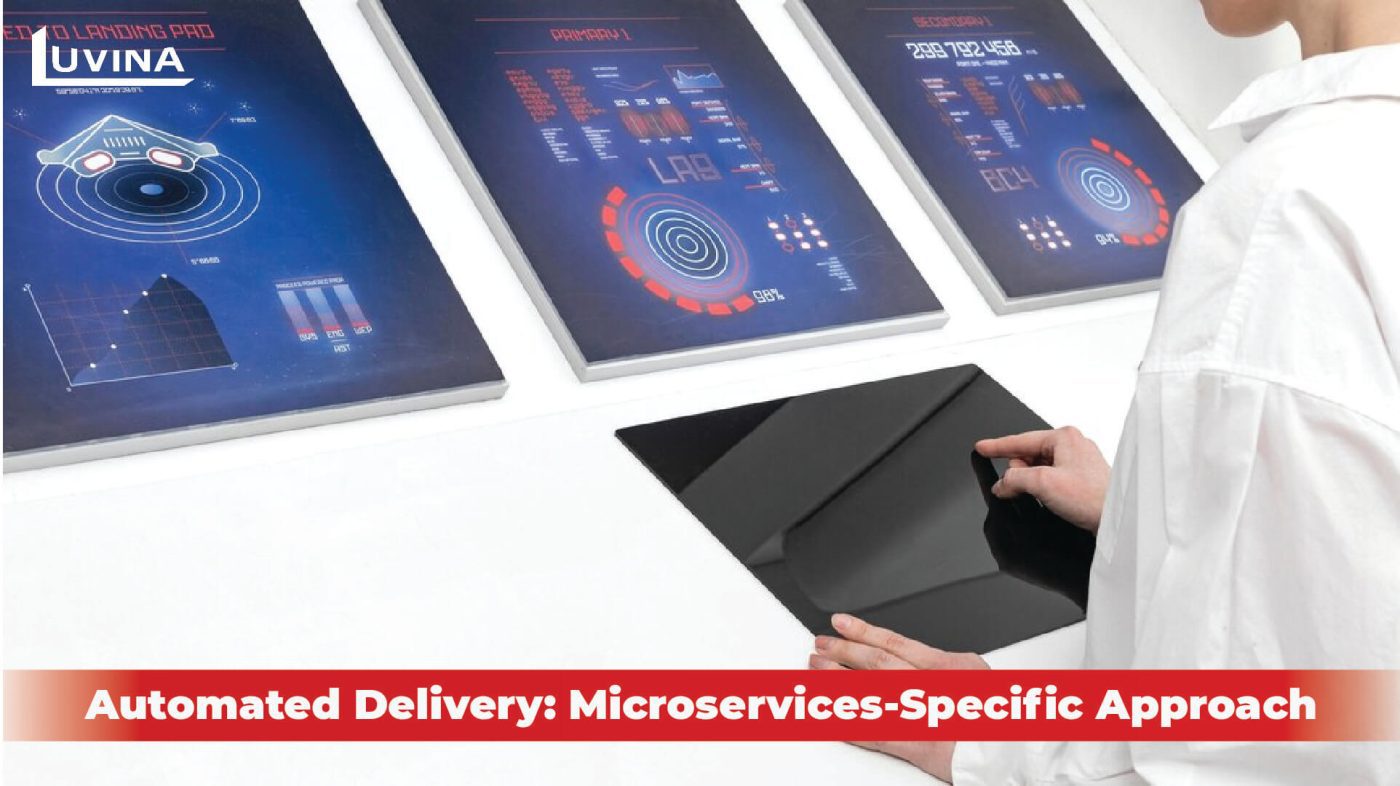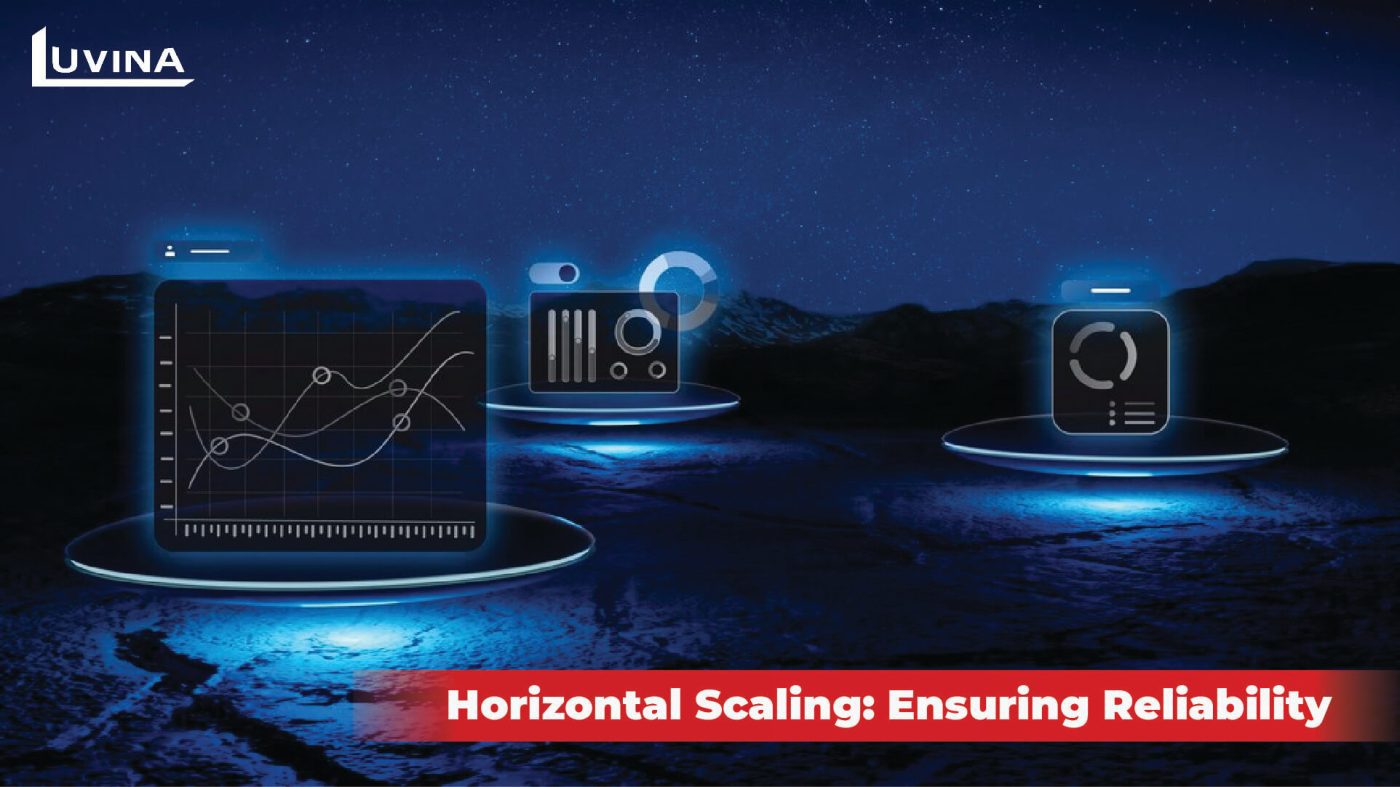In the landscape of contemporary software development, the convergence of DevOps and microservices stands as a transformative force, reshaping how applications are built, deployed, and scaled. DevOps, with its emphasis on collaboration, automation, and continuous improvement, has become the linchpin for streamlined development workflows. Simultaneously, microservices, with their modular and decentralized architecture, offer agility and scalability crucial for today’s dynamic business environment.
The amalgamation of DevOps and microservices isn’t just a trend; it’s an evolution shaping the future of software development. It’s a synergy that demands strategic optimization – specifically tailored DevOps strategies – to harness the full potential of microservices’ agility and scalability. This symbiotic relationship is redefining how applications are conceptualized, developed, and brought to market, necessitating an acute focus on refining DevOps methodologies for the precise orchestration and deployment of microservices architectures.
Mastering Microservices Deployment in DevOps

Microservices deployment within a DevOps framework is a cornerstone of modern software development, reshaping how applications are structured and delivered. At its core, this deployment model embraces modularity, allowing complex applications to be broken down into smaller, independent services. These services, each encapsulating specific functionalities, offer flexibility, scalability, and ease of maintenance – a paradigm shift from monolithic architectures.
Containerization emerges as a linchpin in microservices deployment within DevOps. Platforms like Docker provide lightweight, portable containers, offering an isolated environment for each microservice. This containerization not only streamlines deployment but also ensures consistency across various environments, enabling agility and scalability crucial for modern applications.
However, microservices deployment within a DevOps framework isn’t without its challenges. The transition from monolithic to microservices architecture introduces complexities in networking, service discovery, and data management. Coordinating multiple services, ensuring their seamless communication, and managing their life cycles pose significant challenges that demand meticulous planning and robust orchestration.
Navigating these challenges effectively becomes imperative for realizing the full potential of microservices within a DevOps environment. In the subsequent sections, we delve deeper into the significance of containerization, the pivotal role it plays in microservices deployment, and the intricate challenges that accompany this transformative shift in software architecture.
Orchestrating Microservices in DevOps: Tools and Techniques
The orchestration of microservices within a DevOps ecosystem demands a meticulous selection of tools and techniques to ensure seamless deployment, scaling, and management. Various orchestration platforms, notably Kubernetes, Docker Swarm, and a range of other container orchestration tools have emerged as frontrunners in this domain.
“Kubernetes”, an open-source container orchestration tool, stands out for its robustness in managing containerized applications at scale. Its declarative approach allows efficient configuration and automation of deployment, scaling, and operation of application containers.

On the other hand, Docker Swarm”, another prominent orchestration platform, offers simplicity and ease of use in orchestrating Docker containers across multiple nodes. Its native integration with Docker makes it an attractive choice for smaller-scale deployments.
Comparing and contrasting these orchestration techniques illuminates their strengths and suitability for different microservices architectures. While Kubernetes excels in managing complex and large-scale deployments, Docker Swarm shines in simplicity and streamlined setups.
Choosing the right orchestration tool hinges on aligning specific business requirements with the capabilities of these platforms. Factors such as scalability, complexity, resource efficiency, and ease of maintenance play pivotal roles in determining the most suitable orchestration tool.
Best practices involve meticulous evaluation of these tools against the unique needs of the microservices architecture. Understanding the nuances of each platform and its compatibility with the existing infrastructure forms the bedrock of an informed decision-making process, ensuring the optimal selection of an orchestration tool tailored to the business’s specific demands.
Streamlining Microservices: CI/CD Pipelines Unleashed
Continuous Integration/Continuous Deployment (CI/CD) pipelines serve as the backbone of efficient and automated microservices deployment within DevOps frameworks. These pipelines are instrumental in managing, testing, and delivering microservices, enabling swift and reliable iterations crucial for modern software development.
The significance of CI/CD pipelines lies in their ability to automate the entire software delivery process. They facilitate continuous integration, where developers frequently merge code changes into a central repository. Subsequently, the pipeline orchestrates a series of automated tests, ensuring each microservice functions as intended. Continuous Deployment follows, automatically deploying the validated microservices to the production environment.

Optimizing CI/CD pipelines specifically for microservices warrants a tailored approach. Strategies revolve around modularizing the pipeline to align with the modular nature of microservices. Each pipeline segment is dedicated to an individual microservice, enabling independent updates and deployments. This microservices-specific approach ensures agility, enabling teams to release updates swiftly without impacting the entire application.
Real-world examples showcasing successful CI/CD pipeline implementations in microservices-driven environments illuminate the effectiveness of these strategies. Companies across various industries leverage CI/CD pipelines tailored for microservices to achieve rapid and reliable deployment, ensuring seamless integration and delivery of software updates without compromising quality or stability.
Understanding the importance of CI/CD pipelines in microservices deployment and implementing optimized strategies tailored to the modular nature of microservices is pivotal for organizations aiming to harness the full potential of DevOps in their software development lifecycle.
Scaling and Monitoring Microservices: Ensuring DevOps Efficiency
Efficiently scaling microservices in a DevOps setup necessitates addressing challenges related to communication between services, resource allocation, and load balancing. Strategies revolve around horizontal scaling—dynamically distributing services across multiple instances to handle varying workloads—while ensuring fault tolerance and high availability.
Monitoring tools and methodologies play a pivotal role in maintaining the health and performance of microservices architectures. Leveraging tools like Prometheus, Grafana, and Zipkin enables comprehensive monitoring, offering insights into service interdependencies, response times, and error rates. These tools facilitate the proactive identification of bottlenecks and performance issues, crucial for maintaining optimal service levels.

Strategies for ensuring observability and proactive management of microservices at scale involve adopting a structured approach to logging, tracing, and metrics collection. Implementing consistent logging across microservices aids in tracing and diagnosing issues. Integrating tracing mechanisms enables end-to-end visibility into service interactions. Metrics collection provides valuable data for capacity planning and performance optimization.
By addressing the intricacies of scaling and monitoring microservices in a DevOps environment and implementing robust strategies, organizations can ensure the seamless scalability, reliability, and performance of their microservices architectures, laying the foundation for agile and efficient operations.
Safeguarding Microservices: Fortifying Security within DevOps
Microservices architectures introduce distinct security challenges that necessitate a tailored approach within the DevOps context to ensure robust protection against potential threats.
Discussing security challenges unique to microservices architectures within a DevOps framework involves recognizing the increased attack surface resulting from the distributed nature of microservices. Challenges encompass issues like inter-service communication security, authorization between services, and data integrity across numerous endpoints. The dynamic nature of microservices also amplifies the complexity of security configurations and access control.
Implementing robust security measures involves adopting best practices and utilizing specialized tools tailored for microservices deployments within DevOps. Strategies encompass securing communication channels between microservices using protocols like TLS/SSL, implementing role-based access control (RBAC), and enforcing strict authentication mechanisms. Container security solutions such as Docker Security Scanning and Kubernetes Network Policies aid in fortifying containerized microservices.

Continuous security integration within the DevOps pipeline emerges as a cornerstone for safeguarding microservices-based applications. Embedding security practices at every stage—development, testing, deployment—ensures a proactive approach to threat mitigation. Security checks, vulnerability assessments, and automated compliance checks integrated into CI/CD pipelines bolster the overall security posture of microservices architectures.
By addressing these unique security challenges, adhering to best practices, and integrating security seamlessly into the DevOps lifecycle, organizations can fortify their microservices-based applications, ensuring resilience against potential threats in today’s dynamic and evolving threat landscape.
>> Also read: Optimizing Software Delivery: AWS DevOps Services Explained
Conclusion
In the realm of software evolution, the synergy between DevOps and microservices emerges as a transformative force, redefining the landscape of application development and deployment.
As you embark on this journey of DevOps-enabled microservices, envision a future where your applications seamlessly adapt, scale, and evolve. Embrace the transformation, and for expert guidance in realizing the full potential of your microservices within DevOps, contact Luvina – a partner dedicated to your success in this dynamic digital landscape.
Reach out to Luvina today, and together, let’s shape a future defined by efficiency, innovation, and unparalleled success in your software endeavors.









Read More From Us?
Sign up for our newsletter
Read More From Us?
Sign up for our newsletter